Creativity is like the golden egg of personal development: we all want to be more creative, yet how to climb the beanstalk, claim the treasure of creativity and bring it into our lives? Today I’m sharing some creativity tips from Mind Map Mastery author Tony Buzan and I’ve got TWO copies of his book to give away to two lucky winners so read on to enter..!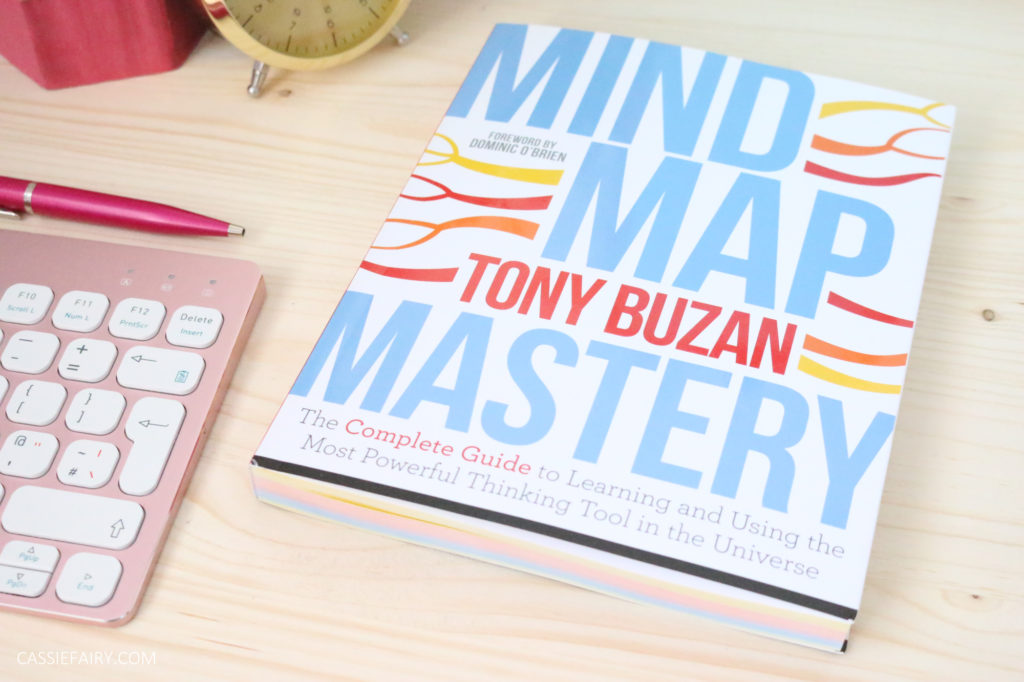 Do you remember Tony Buzan and mind mapping from your university days? I certainly spent hours reading his books and learning this skill. However, since heading out into the real world, I’ve rarely set pen to paper to create my own mind map. But why not? It’s a technique that can be used in all areas of life, not just studying.
Do you remember Tony Buzan and mind mapping from your university days? I certainly spent hours reading his books and learning this skill. However, since heading out into the real world, I’ve rarely set pen to paper to create my own mind map. But why not? It’s a technique that can be used in all areas of life, not just studying.
As the book Ming Map Mastery demonstrates, it can be used to plan birthday parties, writing reports at work, organising a romantic getaway, or even just to plan out your week. Since discovering this, I’ve been absolutely engrossed in the book and wanted to share it with you.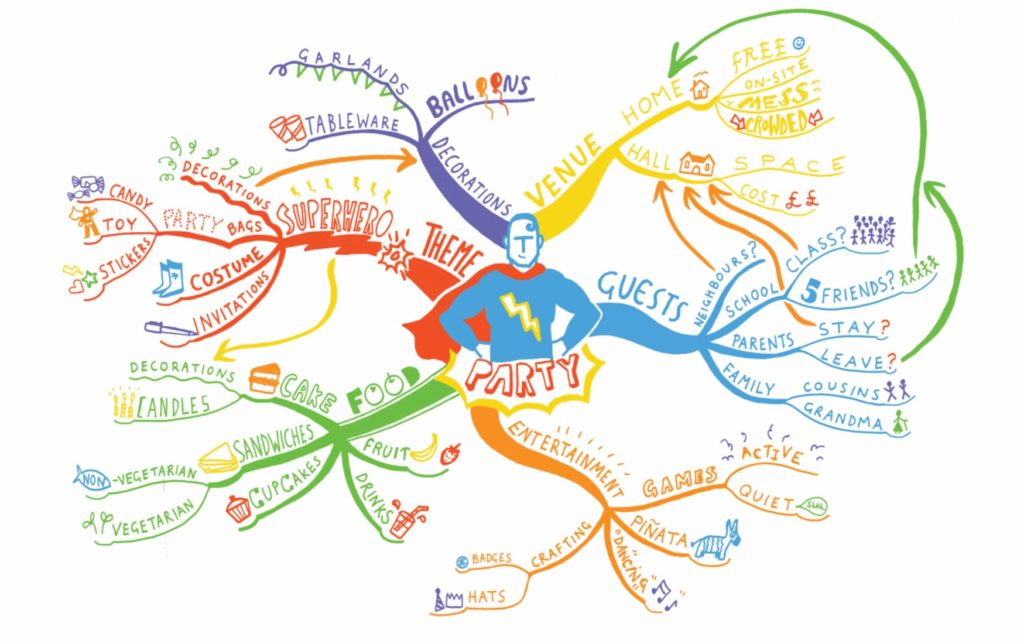 The author, Tony Buzan, has kindly allowed me to share an extract of the book with you all, and the section I chose is about using mind mapping to develop your creativity. Plus, I’ve got two copies of the book to give away to two lucky winners, so read on to discover ways to become more creative in day-to-day life and to enter the competition below…
The author, Tony Buzan, has kindly allowed me to share an extract of the book with you all, and the section I chose is about using mind mapping to develop your creativity. Plus, I’ve got two copies of the book to give away to two lucky winners, so read on to discover ways to become more creative in day-to-day life and to enter the competition below…
KEY MIND MAP APPLICATION: CREATIVITY
Many of us may have been fed damaging myths surrounding creativity while we were growing up: that creative people are mavericks, unreliable, foolhardy and a danger to themselves and others; that they are somehow “special” and set apart from the rest of society. If this is the case, it is perhaps no surprise that we are sometimes adverse to recognising creativity in ourselves.
A much more balanced and productive approach recognises the many strengths of creative personalities: they tend to be pioneers, boundary pushers, inventors and intelligent risk takers. They are more often than not original, flexible, focused, colourful, driven and visionary. They are childlike without being childish.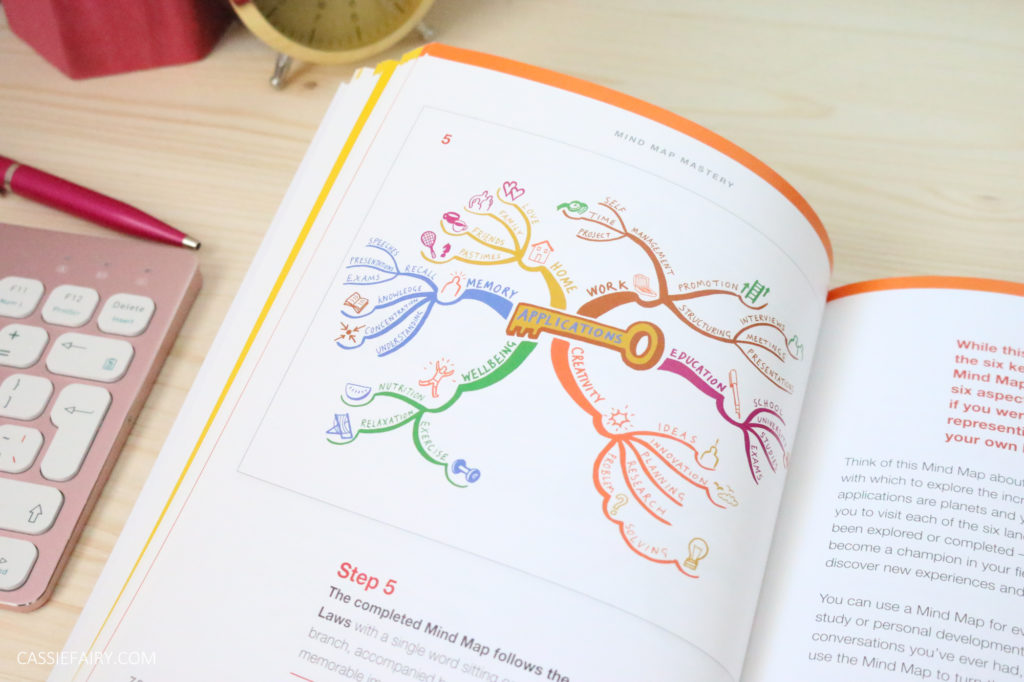 Creative thinking isn’t the prerogative of geniuses; it is simply the ability to think in original ways and to break away from the norm. Like a muscle, your creativity will grow stronger the more you exercise it. The more you practise creative thinking:
Creative thinking isn’t the prerogative of geniuses; it is simply the ability to think in original ways and to break away from the norm. Like a muscle, your creativity will grow stronger the more you exercise it. The more you practise creative thinking:
- The easier it will be for you to come up with new ideas
- The more receptive you will be to fresh perspectives
- The more original your ideas will become
Creativity is linked to play, another crucial part of life – the key to learning, discovery, relaxation, wellbeing and productivity. Birds and mammals all play, both in the wild and when domesticated, as do some fish, reptiles and even insects. During childhood, play changes the connections of neurons in the prefrontal cortex and helps wire the brain’s executive control centre, which performs a key role in managing emotions, making plans and solving problems. Play forges the connections between brain cells and dendrites, and thereby builds up an internet of connections in a child’s brain – or, to put it another way, as we discussed in Chapter 1 (see page 52), the child’s own internal Mind Map.
If we are lucky, our work can sometimes feel like play. If we are not so lucky, we need to look for ways to introduce an element of play into our lives. On page 106 we saw how to use Mind Mapping to choose a new subject to study or acquire a new skill; this technique can easily be adapted for finding an enjoyable hobby or sport. It can also help you make the most of your leisure time by finding rewarding ways in which to unwind.
Tell me, what is it you plan to do with your one wild and precious life?
Mary Oliver, “The Summer Day”
MAKE THE MOST OF YOUR SPARE TIME
The saying goes that “No one ever said on their deathbed, ‘I wish I’d spent more time at the office’”; I’m sure the same applies to watching more TV. In the words of American poet Mary Oliver, we only have “one wild and precious life”, so use a Mind Map to make the most of yours in whatever way brings you satisfaction and fulfilment.
If you find that every moment seems to be filled up with “busy-ness”, a Mind Map can help you identify times of the day that you can make your own and also explore what you really want to do with them. Whether you decide to learn a new subject, take evening classes or spend your weekends in a sports hall or on a football pitch, the choice is yours.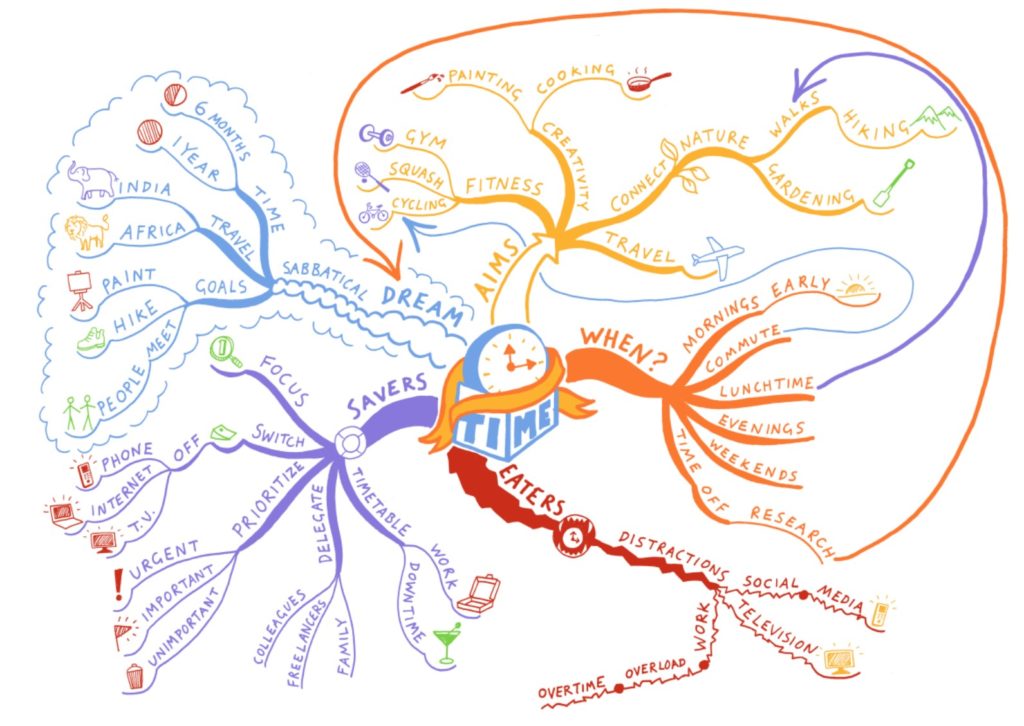 As a Mind Map like this is all about freeing yourself up to express your creativity, try to be as inventive as possible in your use of imagery. The example on page 109 is full of inspiring images, including a ribbon-wrapped clock representing the gift of time that you are giving yourself and illustrations expressing goals, such as doing more painting, hiking and travelling.
As a Mind Map like this is all about freeing yourself up to express your creativity, try to be as inventive as possible in your use of imagery. The example on page 109 is full of inspiring images, including a ribbon-wrapped clock representing the gift of time that you are giving yourself and illustrations expressing goals, such as doing more painting, hiking and travelling.
You can use a Mind Map not only to find out exactly what you want to do in your spare time but also to work out when you can do it: some activities you might be able to enjoy at lunchtimes or even during your commute, while others you can fit in on weekday evenings or at the weekend. Perhaps you have a dream that would mean taking a sabbatical, such as travelling to Africa or India? If you do, put it on your Mind Map! Only by recognizing our goals can we make them happen.
Creativity can of course take many forms – from painting the ceiling of the Sistine Chapel to preparing a delicious lunch, from writing a book to throwing a party, from composing a symphony to playing the penny whistle. Whatever form creativity takes, a Mind Map can facilitate its expression.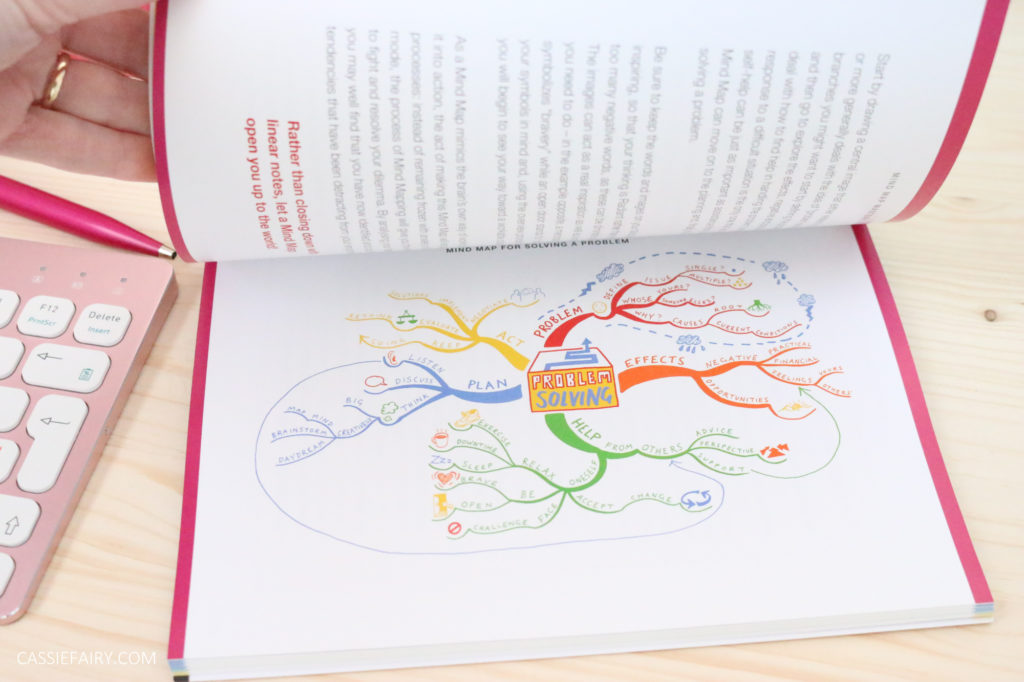
A CREATIVITY WORKOUT
In Chapter 1 (see page 33), I explained the concept of Radiant Thinking and introduced you to the Human Language. We discovered how every human – you and me included – is fluent in the twin faculties of association and imagination from birth. Now I’d like to invite you to play a little game. I have used versions of this exercise for many years when teaching Mind Mapping and memory-improvement techniques, and I was intrigued to discover the late great British poet Ted Hughes simultaneously developed a similar practice when showing his students how to write poetry. It’s an exercise that reveals the creative spark that exists within each and every one of us. Have a dictionary to hand before you start.
Pick an object at random. This could be something that you see in the room or something that pops into your mind.
- Close your eyes, flick open the dictionary and place your finger on the page.
- Now, open your eyes and write down the word you have chosen.
- Repeat nine times, randomly dipping into the dictionary, until you have ten different words.
- Now find as many associations as you can between the object and each of those words.
If you find this a little difficult to do at first, keep going and I promise you will find associations – however outlandish these seem! After approximately 20 minutes, read through your connections.
Pretty creative, aren’t you?
What an interesting topic, eh? I’m so pleased I got to share this extract from Mind Map Mastery with you. Do you feel inspired? I’ve certainly started to use mind mapping to gather my thoughts together and develop new creative ideas.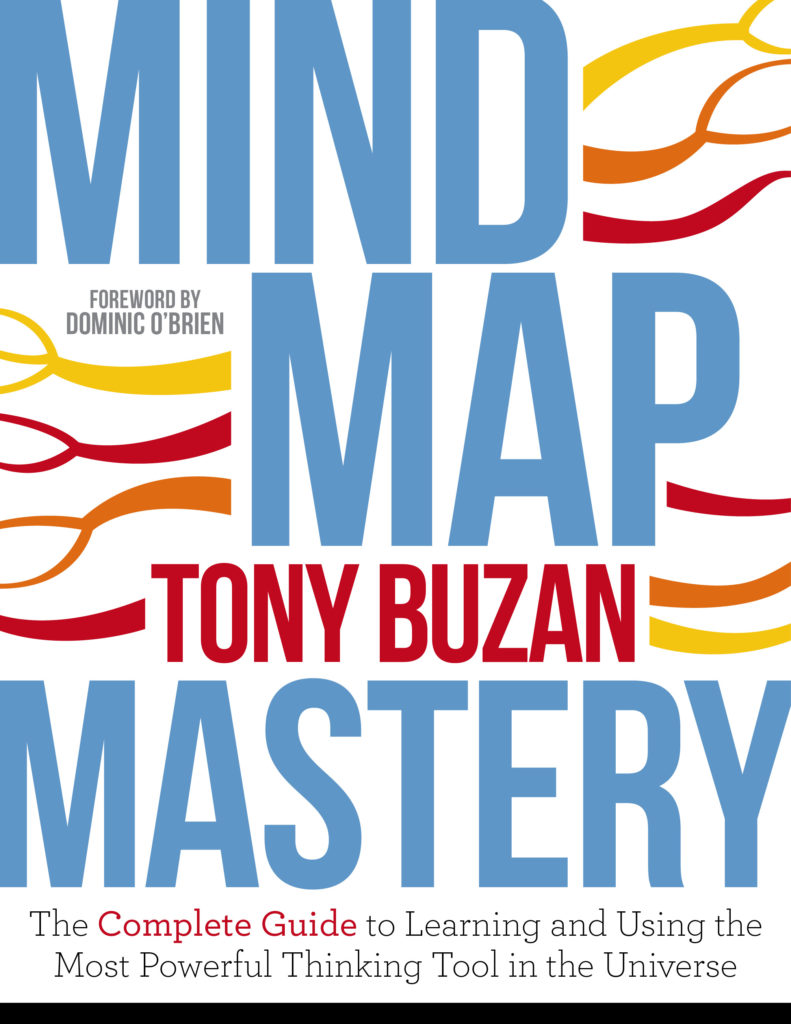 And now, the moment you’ve all been waiting for; here’s how you can enter my giveaway to win one of two copies of Mind Map Mastery by Tony Buzan. There are plenty of ways to gain entries via the Rafflecopter widget below and two lucky winners will be chosen at random after the competition closes. What are you waiting for? Enter now!
And now, the moment you’ve all been waiting for; here’s how you can enter my giveaway to win one of two copies of Mind Map Mastery by Tony Buzan. There are plenty of ways to gain entries via the Rafflecopter widget below and two lucky winners will be chosen at random after the competition closes. What are you waiting for? Enter now!
a Rafflecopter giveaway
Giveaway open to UK residents only. Competition runs from 12th March – 25th March 2018. Two winners will be contacted via email and will need to provide a delivery address to receive their prize.







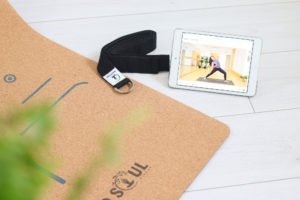










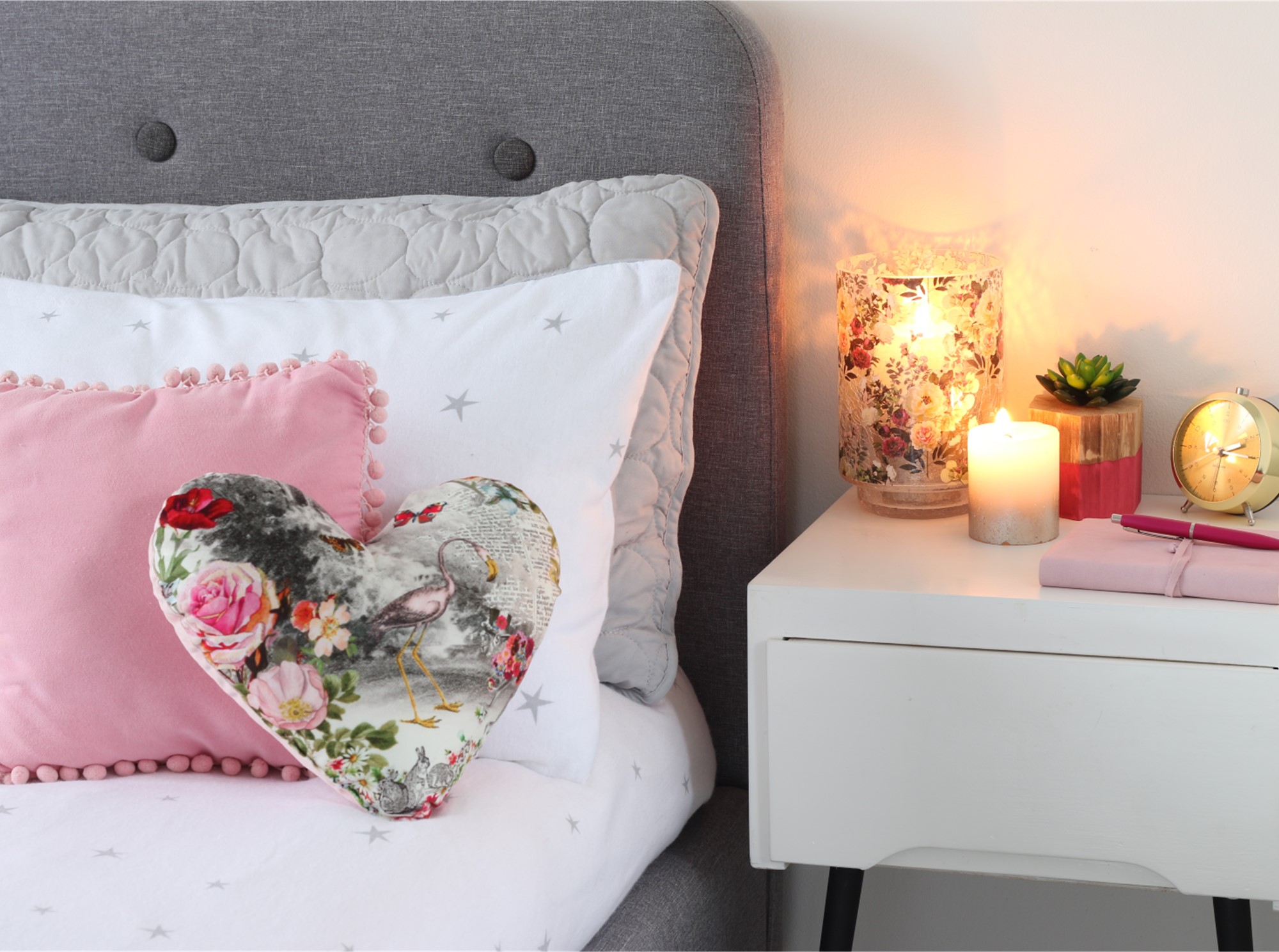
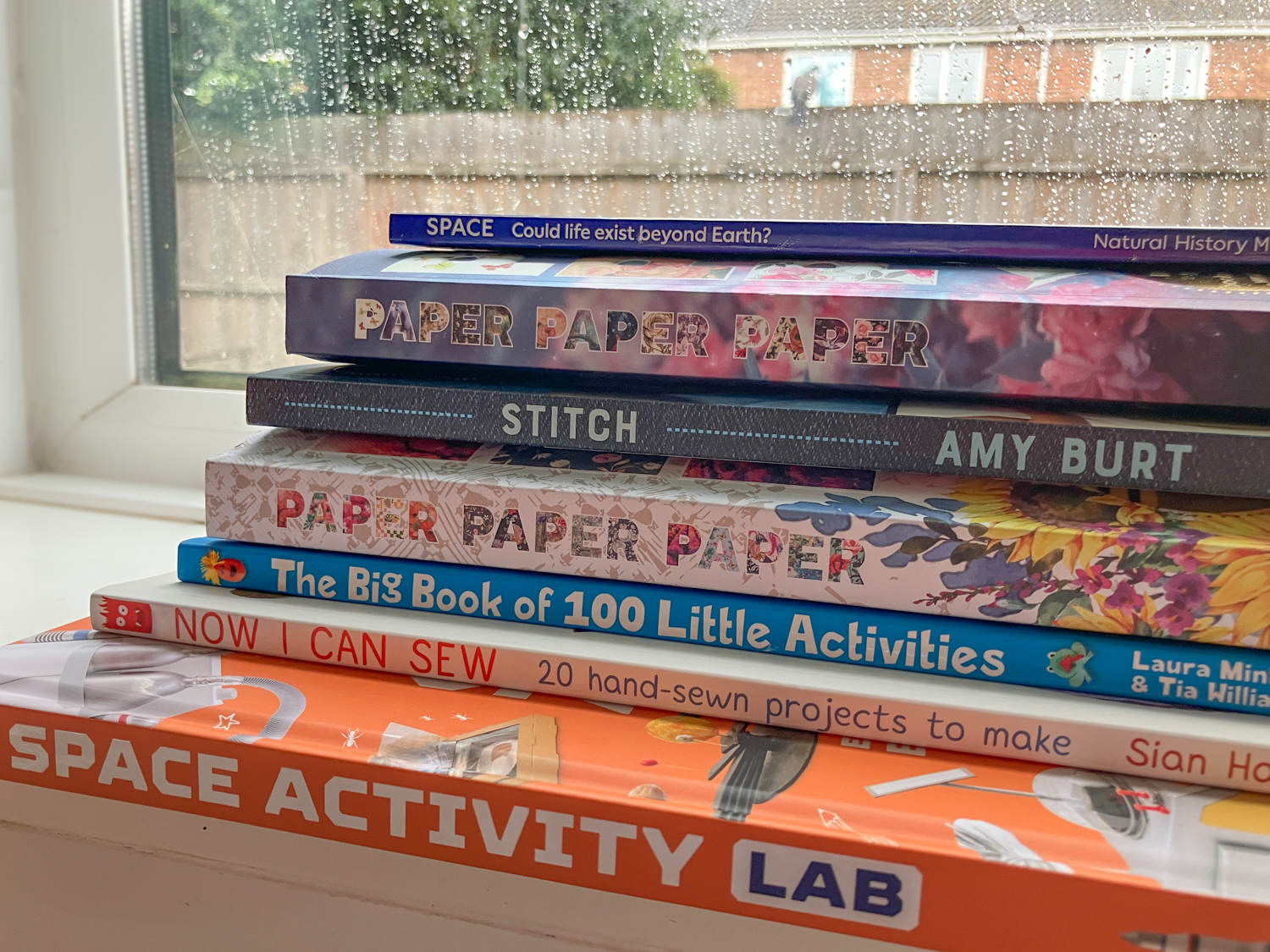
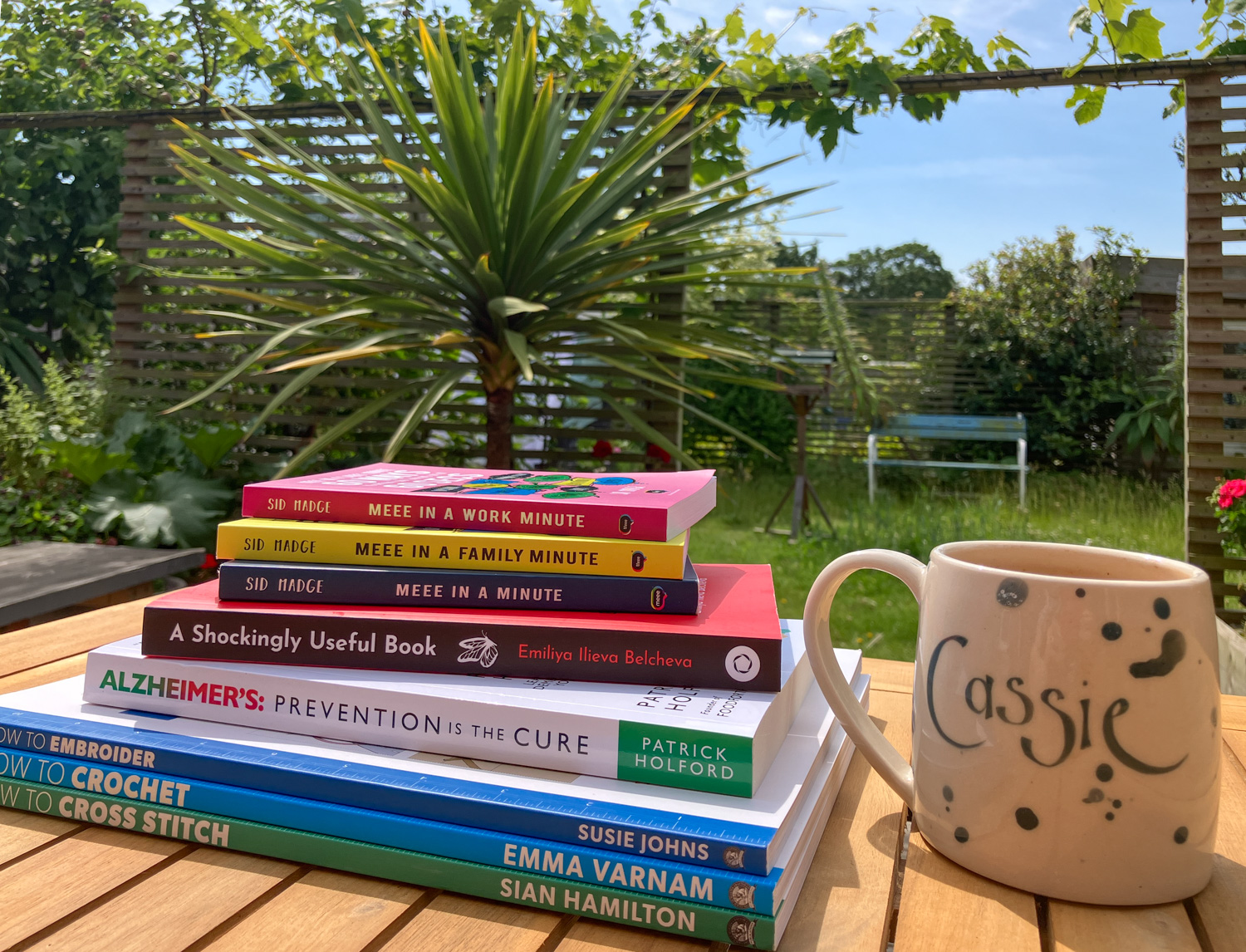
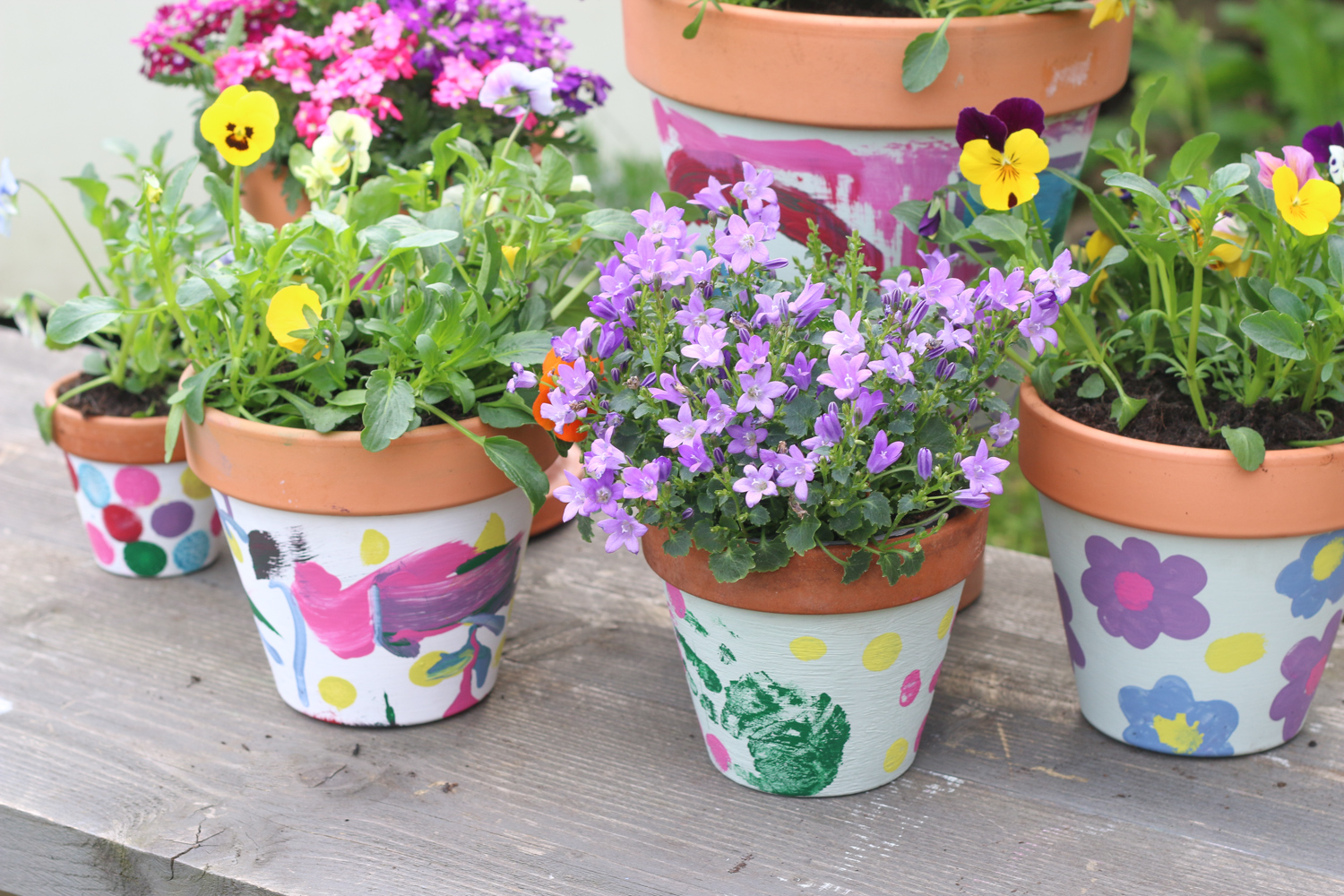

4 responses
I would like to relaunch my blog and just need that creative push to get back into the swing of things 🙂
I want the give away, but im from asian hehe
We are planing a family reunion this august from the 4th continents.
Wonderful post! Thank you so much for sharing <3
https://outfitsandmakeupblog.com/2018/03/07/10-most-wearable-ss18-fashion-trends/